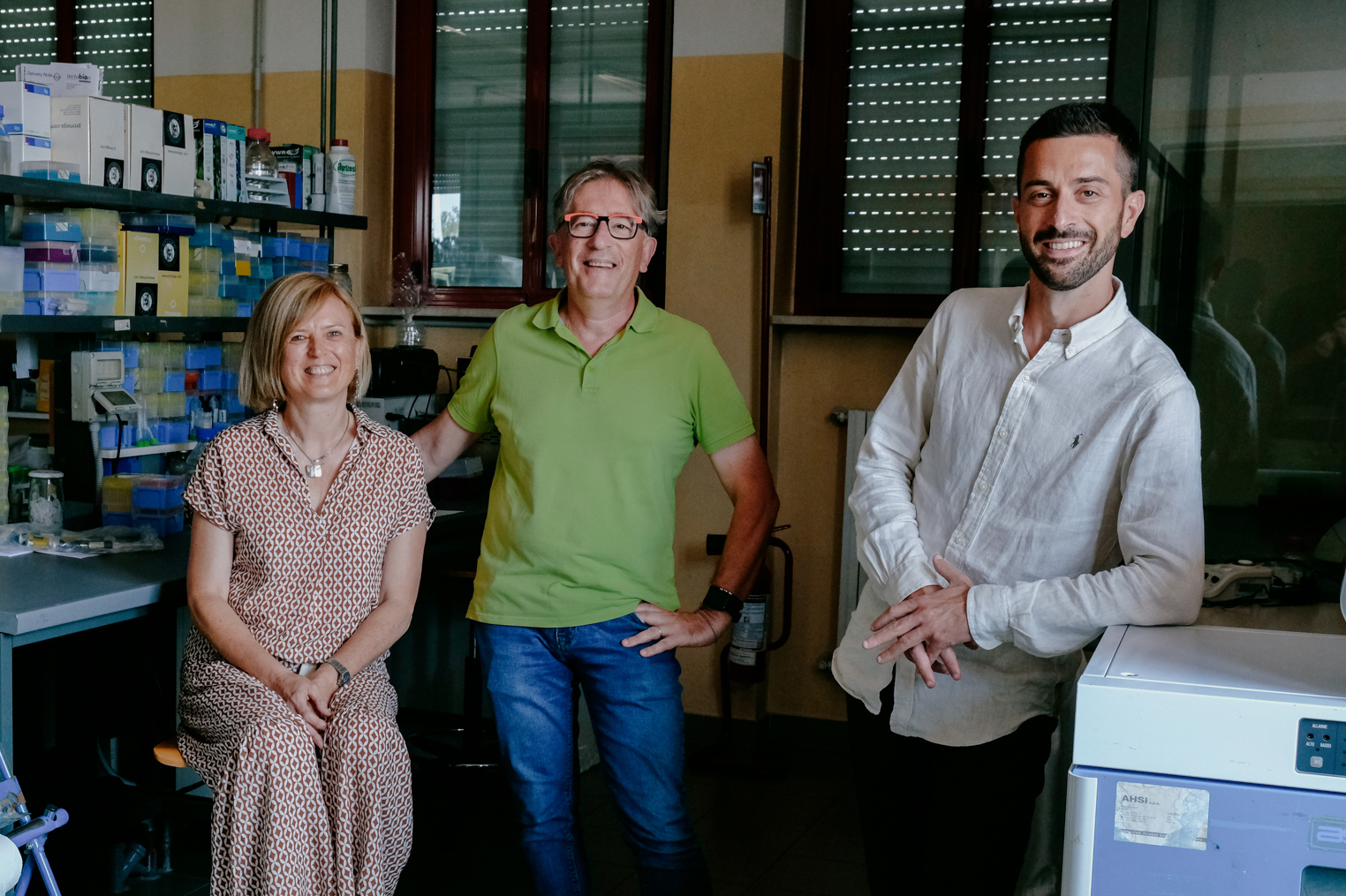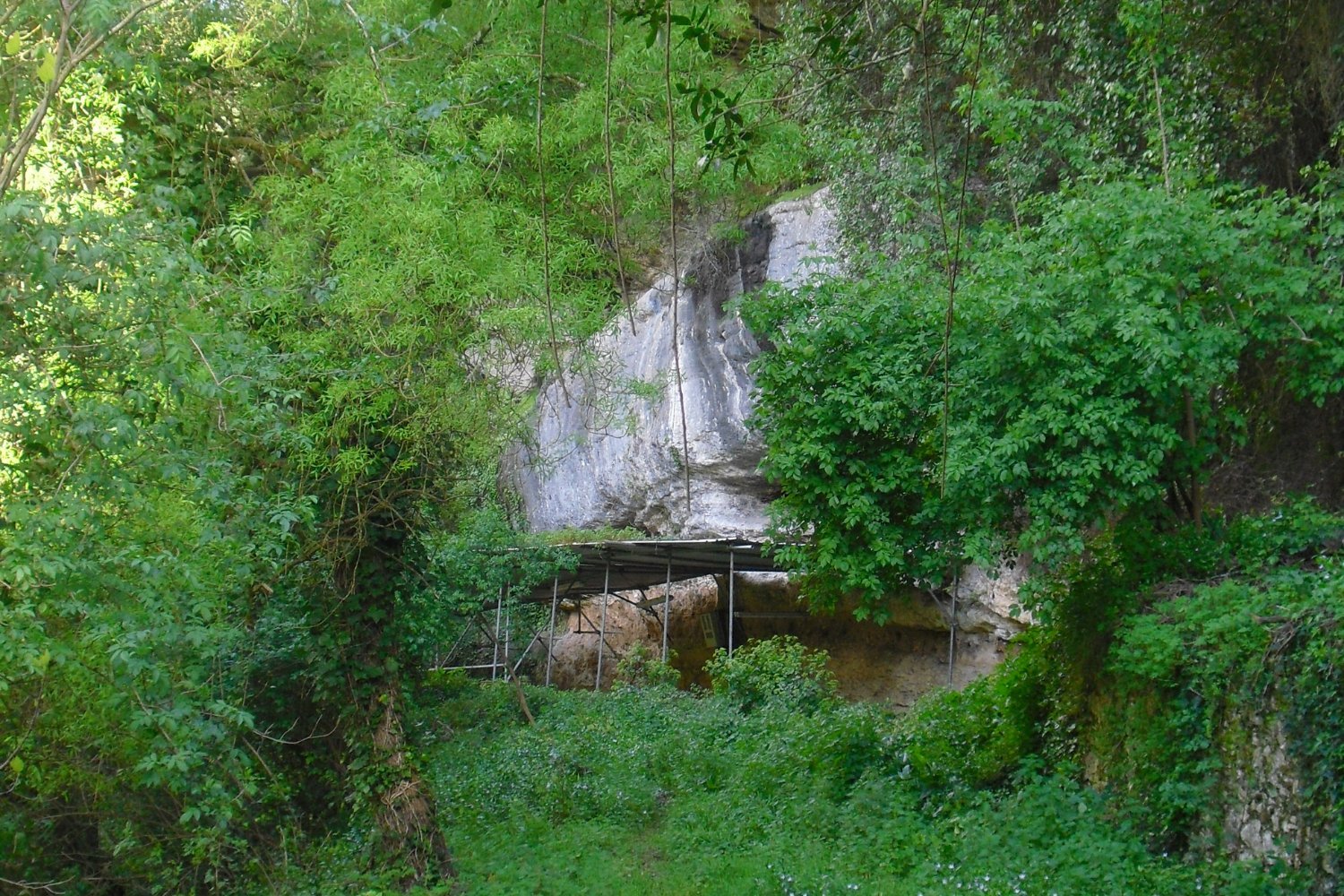Introduction to 2024 YR4 Asteroid
The asteroid known as 2024 YR4 first came into the spotlight on December 27, 2024, when it was identified as a potential threat to Earth, with an estimated impact time of eight years. Recent updates have shown that the likelihood of this asteroid hitting Earth has reached its highest point yet.
Current Impact Odds
According to the latest data from NASA’s Center for Near-Earth Object Studies (CNEOS) Sentry tool, the asteroid has a 1-in-32 chance of impacting Earth in 2032. This translates to a 3.1% chance of impact, or conversely, a 96.9% chance that the asteroid will miss our planet. This probability places 2024 YR4 at the top of CNEOS’ impact probability chart, indicating it has the highest cumulative likelihood of impact compared to other closely monitored asteroids.
Evolution of Impact Probability
The impact odds of 2024 YR4 have been continually updated. Initially, on January 28, the asteroid had a 1-in-83 chance (1.2%) of hitting Earth. By early February, this odds had increased to 1-in-63 (1.58%), and by February 10, it further rose to a 1-in-45 chance (2.2%). In response to the rising concerns, NASA has scheduled observation time with the Webb Space Telescope to gather more data on the asteroid.
Understanding Asteroid Impact Odds
It’s crucial to understand that the odds of an asteroid impact often increase before they decrease, based on historical precedents. As more observations and modeling of the asteroid are conducted, the uncertainty in its projected path decreases. If Earth remains within the corridor of uncertainty, the odds of an impact will rise until the asteroid’s path can be predicted with enough precision to confirm whether Earth is in or out of its potential impact zone.
Potential Impact Consequences
Should 2024 YR4 impact Earth, the consequences would be devastating on a local scale. The asteroid’s diameter is estimated to be between 131 feet (40 meters) and 295 feet (90 meters), which means the potential destruction varies widely. Assuming the smaller end of this range, an impact would still cause significant devastation, with NASA estimating an energy release of about 8 megatons, comparable to the Tunguska event of 1908.
Impact Risk Corridor
The International Asteroid Warning Network has detailed the impact risk corridor for 2024 YR4, which spans across the eastern Pacific Ocean, northern South America, the Atlantic Ocean, Africa, the Arabian Sea, and South Asia.
Graphic Representation of Asteroid Danger
A graphic provided by NASA illustrates the potential damage caused by asteroids of different sizes, highlighting the significance of monitoring and understanding the risks posed by near-Earth objects like 2024 YR4.
Torino Impact Hazard Scale
2024 YR4 is currently rated as a 3 on the Torino Impact Hazard Scale, indicating a "1% or greater chance of collision capable of localized destruction." However, it’s anticipated that further observations will lead to a reassignment to Level 0, indicating no significant risk.
Ongoing Monitoring and Preparation
Given the narrow window of opportunity to observe 2024 YR4 before it becomes too faint for telescopes, astronomers are racing against time to gather as much data as possible. The asteroid is heading away from Earth and won’t be observable again until 2028, with no chance of impact that year. Scientists are focusing on refining estimates of the asteroid’s orbital elements, velocity, size, shape, and other critical factors to better understand its trajectory.
Potential for Deflection
While NASA’s DART mission has shown that altering an asteroid’s trajectory is feasible, there’s no guarantee this could be successfully done with 2024 YR4 if needed. The priority is to determine the asteroid’s exact path and confirm whether Earth is at risk, after which discussions on potential next steps can occur.
Conclusion
2024 YR4 presents a significant concern due to its potential to impact Earth, albeit with currently low odds. Continuous monitoring and data collection are crucial for understanding and mitigating this risk. As scientists work to refine the asteroid’s trajectory, the global community remains vigilant, prepared to take necessary actions should the situation warrant them.
Source Link




